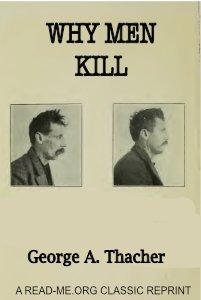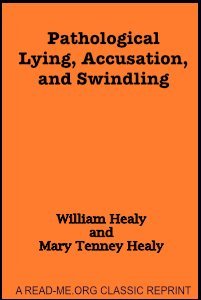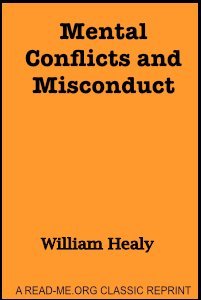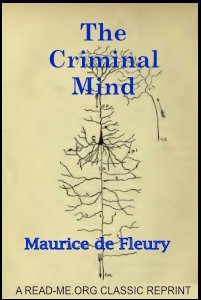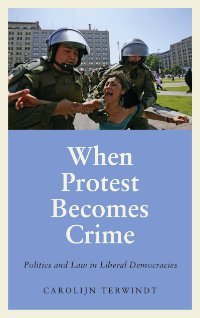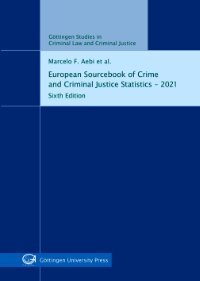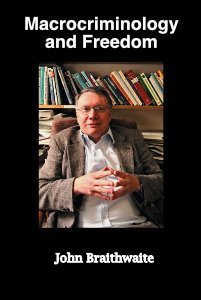By George A. Thacher.
Murder Myusteries Revealed. “I did not feel confident that the list was entirely accurate, but I realized that every day association with the prisoners probably made the designation of defective by these men worthy of thoughtful consideration at least. In jotting down the names of these prisoners I asked what offenses they had committed. In this list approximating 70 defective prisoners 36 were serving sentences for rape and of the 36 there were 13 who had raped their own daughters. One prisoner was serving his third term for this same offense. Seventeen of these prisoners were guilty of the offense which has made ancient Sodom a byword through the centuries. Six of these men had committed murder and all of the six were sex perverts. Naturally these defective beings often have a defective moral sense. My observation has often confirmed that fact. Kraft Ebing remarks that this psychic degeneration, however, has a more profound pathological foundation, because often it can be referred to distinct cerebro-pathologic conditions, and often enough is associated with anatomic signs of degeneration.”
Portland, OR: Press of Pacific Coast Rescue and Protective Society, 1919. 121p.


